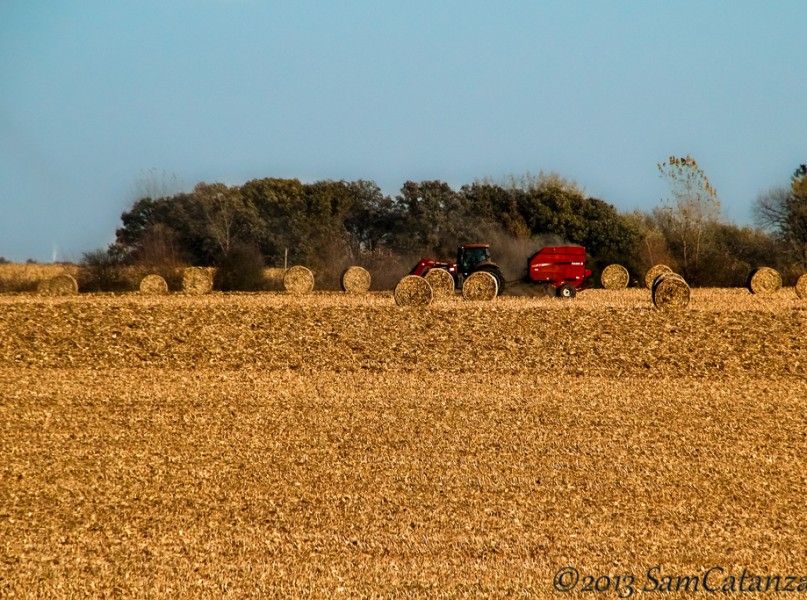The USDA recently released its full agriculture census data from 2012. Here’s a list of 5 “big picture” takeaways from the data. Some of the numbers will grab the attention of even the most familiar farmers.
1. Family-operated farms dominate the U.S. ag community.
Get this: 87 percent of all U.S. farms are operated by families or individuals. That sounds like a lot (and it is), but it pales in comparison to the world, where 98 percent of the globe’s farms are family farms, and provide 56 percent of the world’s ag-products. The UN named 2014 the International Year of the Family Farm, and if the 2012 census is representative of what’s to come, it’s about time.
2. But don’t be fooled: majority of food comes from 4% of farms.
Though family farms dominate the demographics of American farming, they don’t dominate the sales. About 75 percent of all US farms had sales of less than $50,000, but all together they only produced about 3 percent of the total value of ag products sold. Farms with sales of $1 million or more, which make up just 4 percent of all US farms, were responsible for 66 percent of the US total ag value.
3. Organic isn’t as big as you thought, but it’s growing.
Organic sales account for just 0.8 percent of the total value of US ag production. For as many organic-fanatics as you know, you would’ve figured it’d be a little more significant, right? The thing to remember is that organic sales were growing like crazy. In 2007, organic sales were reported to be $1.7 billion, and just 5 years later, grew to $3.12 billion.
4. Internet is spreading to farms.
In 2007, 56.5 percent of US farms had internet. In 2012, the number increased to 69.6 percent. In short, it means that more farmers are getting even more connected with data, information and other farmers.
5. Under-represented farmers are starting to represent.
Though the media often likes to paint a picture of the classic American farmer as a tall, older white guy, that’s not the whole picture. Over the course of 5 years, young people listing themselves with their main occupation as “farming” increased by 11.3 percent. Additionally, all categories of minority-operated farms increased between 2007 and 2012, and the Hispanic-operated farms had a 21 percent increase.

FEATURED PHOTO: Sam Catanzaro/Flickr




